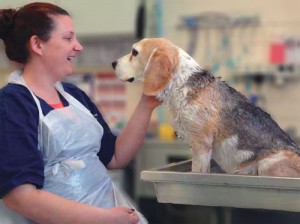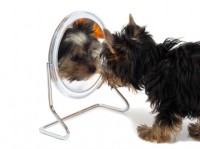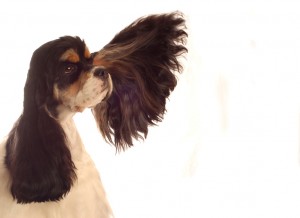We know how tempting it can be to ditch your pets grooming routine in a chilly Canberra Winter, but the truth is, grooming your pet is just as important in Winter as it is in the warmer months.
Grooming isn’t just about looking good and smelling fresh, It is essential in promoting good health and comfort for your pet.
Every pet’s coat is different and so are their grooming needs, it is important to make sure you understand how to look after them properly. If you are not sure about your pet’s specific needs, speak to your vet or a qualified groomer for more information. Grooming your pet for winter doesn’t need to be an ordeal, it can be an extremely simple and comfortable activity with these squeaky-clean tips!
Brushing:
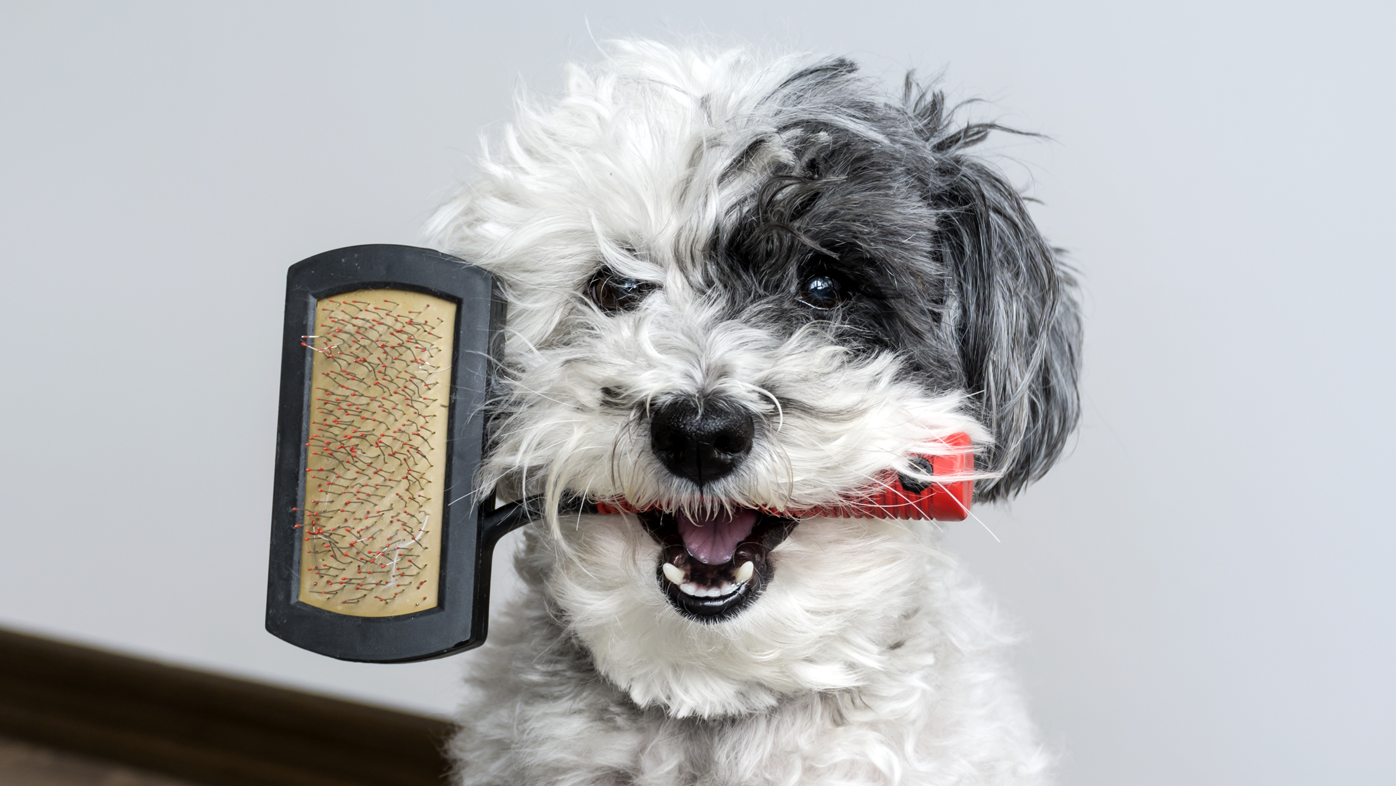
Brushing your pet’s coat is extremely important for removing knots and preventing mats from forming. Keeping a regular and consistent brushing routine will allow you to bathe your pet less frequently. Brushing helps to remove dead skin and hair and distributes your pet’s natural oils throughout their coat. A smooth, well brushed coat is key to properly insulating and keeping your pet clean in winter.
Some dog and cat breeds have double (and even triple!) coats, so getting rid of tangles is a top priority for these breeds! Try to brush your pet every couple of days (depending on their coat) and aim to make it a routine you both enjoy by using lick mats, chews and other treats they enjoy!
Bathing:
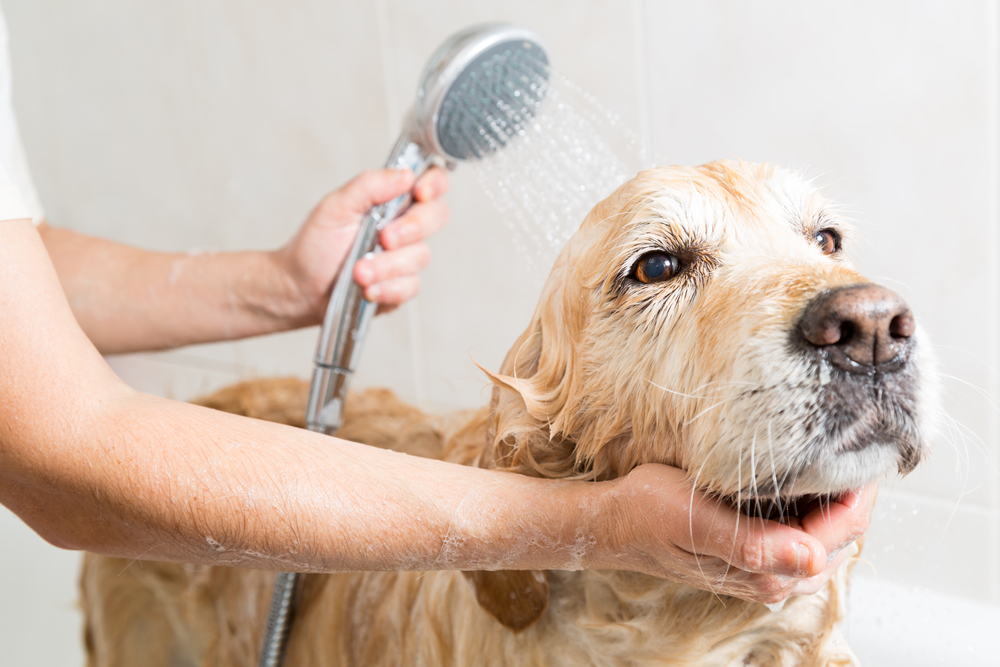
Bathing guidelines are a little different, depending on your pet. When it comes to cats, most don’t really need (or enjoy!) a bath, if they are able to effectively groom themselves. Dogs on the other hand, typically need more frequent bathing. Of course, there are special circumstances when you may need to bathe your pet more, for example;
- If they are recovering from an injury or procedure and cannot clean themselves efficiently
- Some hairless cats require frequent bathing, speak to your vet for advice.
- They may need an unscheduled bath if their coat has become matted, stuck with something that cannot be cleaned naturally or even just rolled in something smelly.
- If your pet has dry skin or other skin conditions, they may benefit from less (or more) frequent bathing.
When you do have to bathe your pet, keep in mind a few important tips: - Never use human shampoo and conditioner! The pH levels are different to what your pet needs and can cause skin irritations. Make sure you buy a specific kitten, cat, puppy, or dog shampoo.
- Check the temperature – pets can’t tolerate the same water temperatures adult humans can. Make sure the water is comfortably warm but not hot or cold – imagine you are running a bath for a newborn baby. Use the tip of your elbow to check the temperature.
- Make sure to dry your pet properly after a bath. Whether this is with a hairdryer or towel, it is important to make sure your pet dries thoroughly. Leaving your pet’s coat wet can lead to problematic skin conditions, matted fur and can also cause hypothermia in cold weather. If your pet prefers to air dry after a quick towel rub, make sure you bathe them early on a warm day so they have plenty of time to dry in the sun.
- Remember to keep an eye on your hair dryer’s temperature if you use one – these can get HOT!
Footcare:
Our pets need paw-dicures too! Here are some easy tips for looking after your pet’s paws:
- Keep your pet’s nails trimmed – this will prevent painful cracked or curling nails and more serious long-term foot and leg damage.
- Take your dog outside to walk on hard and rough surfaces like concrete – the rough surface will act as a file and help to wear their nails down naturally.
- Trim your cat’s claws during winter – if they spend more time indoors when it is cold outside, they might be more prone to scratch household furniture and other indoor pets!
- Keep the fur in between your pet’s toes trimmed neatly. If this becomes wet through walking, it may be slow to dry, encouraging bacterial growth that causes skin irritations and other issues (not to mention, it will become smelly!).
Dry Skin
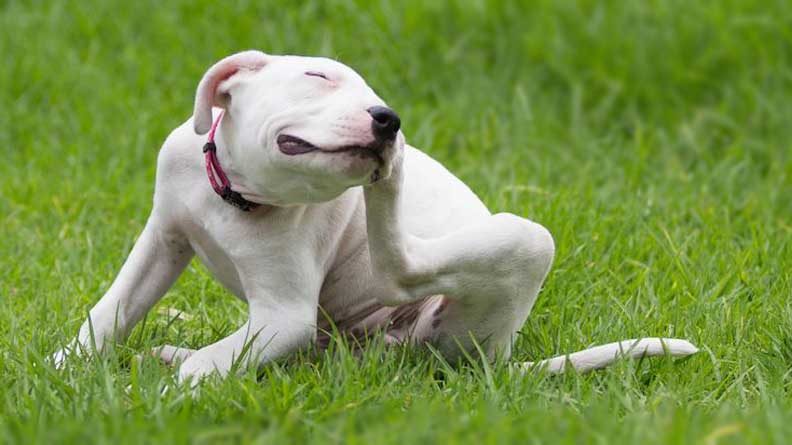
Just like us, our pet’s skin can become dry in winter too. This can be for a number of reasons (incl. parasites, cool weather or allergies) and may be treated with moisturisers, dietary supplements, regular grooming and if needed, medication (check with us before starting your pet on any treatment). It is important to check your pet closely for signs of dry or irritated skin –
- Itchiness (look for excessive scratching)
- Dandruff, scabby and flaky skin
- Cracked paws
- Hair loss
- Increased oiliness
- An unpleasant odour
No matter how big or small your pet is, proper winter grooming will keep them happy, healthy, comfortable and looking fantastic over the cooler months!


:max_bytes(150000):strip_icc()/itchy-dog-scratching-CharlesMann-E-getty-171154485-56a26b033df78cf77275656b.jpg)
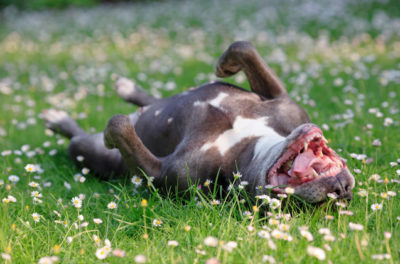



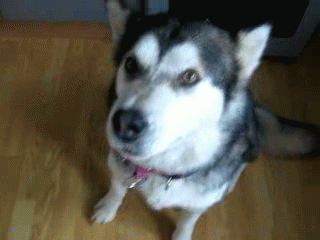

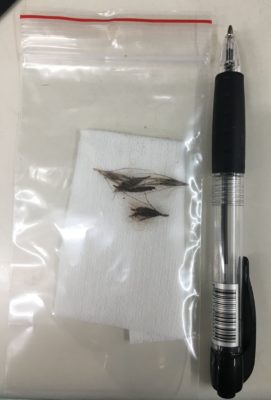

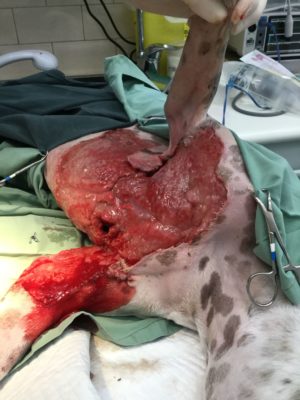 This was the large, open wound left behind after surgically removing all of the dead skin and tissue on Gov'nor's chest.
This was the large, open wound left behind after surgically removing all of the dead skin and tissue on Gov'nor's chest. The colourful bandage vests help to hold his wound dressings in place.
The colourful bandage vests help to hold his wound dressings in place.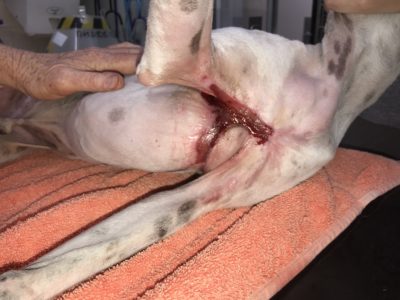 2 months later, Gov'nor is well and truly on his way to feeling like his old self again.
2 months later, Gov'nor is well and truly on his way to feeling like his old self again.


